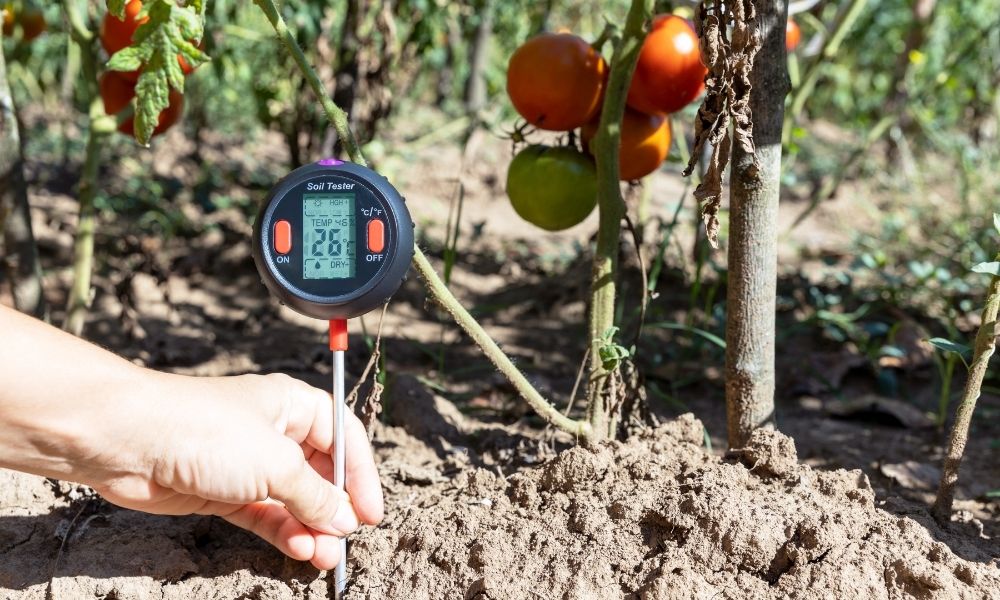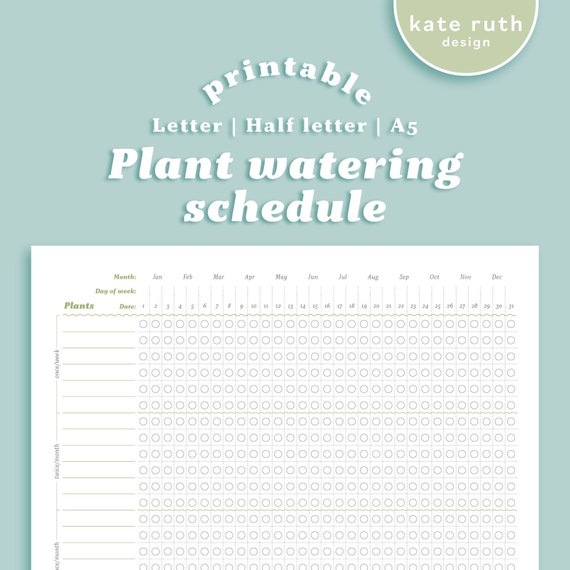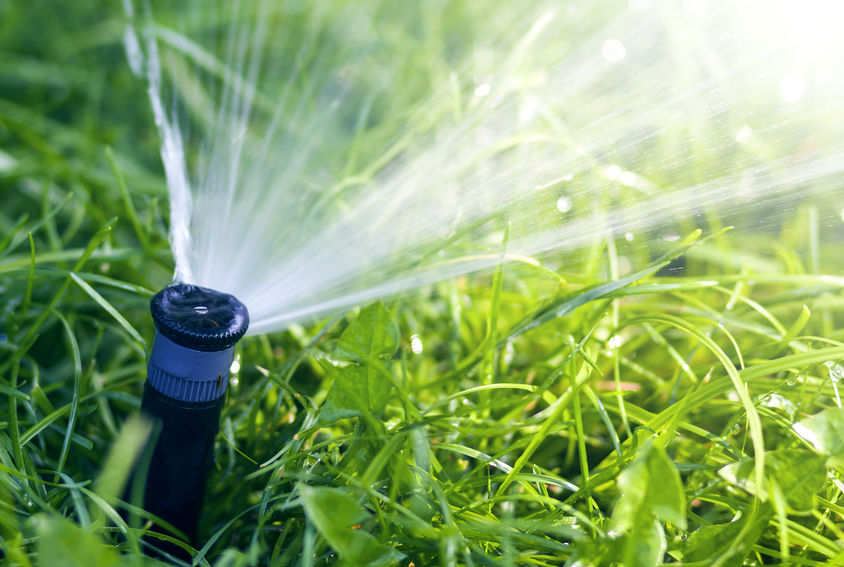Understanding Your Plant’s Watering Needs
Proper watering is crucial for plant growth, health, and longevity. It’s essential to understand that different plants have varying watering requirements, and what works for one plant may not work for another. For instance, succulents and cacti require infrequent watering, while ferns and peace lilies need more frequent hydration. To determine how often to water your plants, you need to consider their specific needs. This involves understanding the plant’s natural habitat, its growth rate, and its response to moisture. By recognizing these factors, you can tailor your watering schedule to ensure your plants receive the right amount of moisture. This, in turn, will promote healthy growth, prevent water-related diseases, and enhance the overall aesthetic of your plants. Remember, the key to successful plant care is to find the perfect balance of water and nutrients, and this begins with understanding how often you should water your plants.
Factors Affecting Watering Frequency: Climate, Soil, and More
When it comes to determining how often to water your plants, several external factors come into play. Climate, soil type, pot size, and light exposure are just a few of the key factors that influence watering frequency. For instance, plants placed in hot and dry climates may require more frequent watering, while those in cool and humid climates may need less. Similarly, plants grown in well-draining soil may need less water than those in dense, clay-based soil. Even the size of the pot can impact watering frequency, as smaller pots dry out faster than larger ones. Light exposure also plays a role, as plants placed in direct sunlight may require more water than those in shadier areas. By understanding how these factors impact watering schedules, you can adjust your watering routine to meet the unique needs of your plants. For example, if you live in a hot and dry climate, you may need to water your plants every other day, while those in cooler climates may only need watering once a week. By considering these factors, you can ensure your plants receive the right amount of moisture, and avoid common watering mistakes that can harm their health.
How to Check Soil Moisture: A Simple yet Effective Technique
Regular soil checks are crucial to determine how often to water your plants. One simple yet effective technique is the “finger test”. To perform this test, insert your finger into the soil up to the first knuckle. If the soil feels dry, it’s time to water. If it’s already moist, you can wait another day or two before watering again. Another method is to use a moisture meter, which provides a more accurate reading of the soil’s moisture levels. You can also check the soil’s moisture by lifting the pot. If it feels light, the soil is dry, and if it feels heavy, the soil is moist. By regularly checking the soil moisture, you can avoid overwatering or underwatering, which can be detrimental to your plant’s health. Remember, it’s essential to check the soil moisture before watering, as this will help you determine how often to water your plants and ensure they receive the right amount of moisture.
The Watering Schedule: A General Guide for Common Houseplants
While every plant has unique watering needs, a general watering schedule can serve as a starting point for common houseplants. Succulents, for example, require infrequent watering, as they store water in their leaves. Water them once a week during the spring and summer months, and once every 4-6 weeks during the fall and winter. Ferns, on the other hand, prefer moist soil and should be watered every 2-3 days. Peace lilies, which thrive in well-draining soil, should be watered every 3-4 days. Remember, these are general guidelines, and the specific watering needs of your plants may vary. To determine how often to water your plants, consider factors such as climate, soil type, and pot size. For instance, plants in hot and dry climates may require more frequent watering, while those in cool and humid climates may need less. By understanding the unique needs of your plants and adjusting your watering schedule accordingly, you can ensure they receive the right amount of moisture to thrive. When in doubt, it’s always better to err on the side of caution and underwater slightly, as overwatering can be detrimental to plant health. By following these guidelines and monitoring your plants’ responses, you can develop a personalized watering schedule that meets their individual needs.
Watering Mistakes to Avoid: Common Pitfalls and Solutions
Even with the best intentions, it’s easy to make mistakes when it comes to watering plants. Overwatering and underwatering are two common pitfalls that can have devastating consequences on plant health. Overwatering can lead to root rot, a condition where the roots become waterlogged and begin to decay. This can cause the plant to wilt, turn yellow, and eventually die. On the other hand, underwatering can cause plants to become stressed, leading to droopy leaves, slow growth, and increased susceptibility to pests and diseases. To avoid these mistakes, it’s essential to understand how often to water your plants. A general rule of thumb is to water plants when the top inch of soil feels dry to the touch. However, this may vary depending on the type of plant, climate, and soil type. For example, plants in hot and dry climates may require more frequent watering, while those in cool and humid climates may need less. By being mindful of these factors and adjusting your watering schedule accordingly, you can prevent common watering mistakes and ensure your plants receive the right amount of moisture to thrive. Remember, it’s always better to err on the side of caution and underwater slightly, as this can be corrected, whereas overwatering can be irreversible.
Monitoring Plant Signs: How to Recognize Watering Issues
Recognizing the signs of watering issues is crucial to maintaining the health and well-being of your plants. By monitoring your plants regularly, you can identify potential problems early on and adjust your watering schedule accordingly. One common sign of underwatering is droopy leaves, which can indicate that the plant is not receiving enough moisture. On the other hand, yellowing leaves can be a sign of overwatering, as the plant is receiving too much water and is unable to absorb the excess moisture. Another sign of overwatering is root rot, which can cause the plant to wilt and eventually die. To respond to these signs, adjust your watering schedule to ensure the plant is receiving the right amount of moisture. For example, if you notice droopy leaves, increase the frequency of watering. If you notice yellowing leaves, reduce the frequency of watering. By monitoring your plants regularly and responding to signs of watering issues, you can prevent common problems and ensure your plants receive the right amount of moisture to thrive. Remember, it’s essential to observe your plants regularly and ask yourself “how often should I water my plants” to ensure you’re providing the best care possible.
Watering Tools and Accessories: Making the Task Easier
Watering plants can be a time-consuming and labor-intensive task, especially for those with multiple plants. However, with the right tools and accessories, the process can be simplified and made more efficient. One essential tool is a watering can, which allows for precise watering and reduces waste. Moisture meters are another useful accessory, providing an accurate reading of soil moisture levels and helping to determine how often to water plants. Self-watering planters are also a great option, as they allow plants to draw water as needed, reducing the risk of overwatering. Additionally, smart watering systems can be programmed to water plants at specific intervals, taking the guesswork out of watering. By utilizing these tools and accessories, plant owners can ensure their plants receive the right amount of moisture, without having to constantly ask themselves “how often should I water my plants”. With the right tools, plant care becomes easier, and plants are more likely to thrive.
Conclusion: Mastering the Art of Plant Hydration
In conclusion, proper watering is a crucial aspect of plant care, and understanding the factors that influence it is essential for plant growth, health, and longevity. By recognizing the signs of watering issues, avoiding common mistakes, and utilizing the right tools and accessories, plant owners can ensure their plants receive the right amount of moisture. Remember, it’s not just about how often to water plants, but also about understanding the unique needs of each plant. By developing a deeper understanding of plant hydration, plant owners can create a thriving environment that fosters healthy growth and beauty. So, take the time to observe your plants, adjust your watering schedules, and ask yourself “how often should I water my plants” to ensure you’re providing the best care possible. With practice and patience, you’ll be well on your way to mastering the art of plant hydration.







